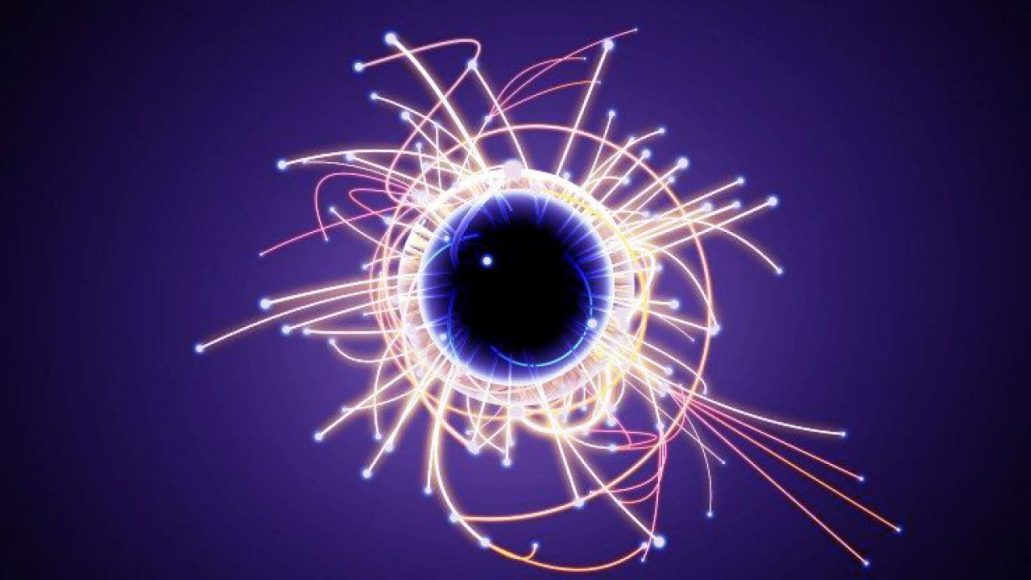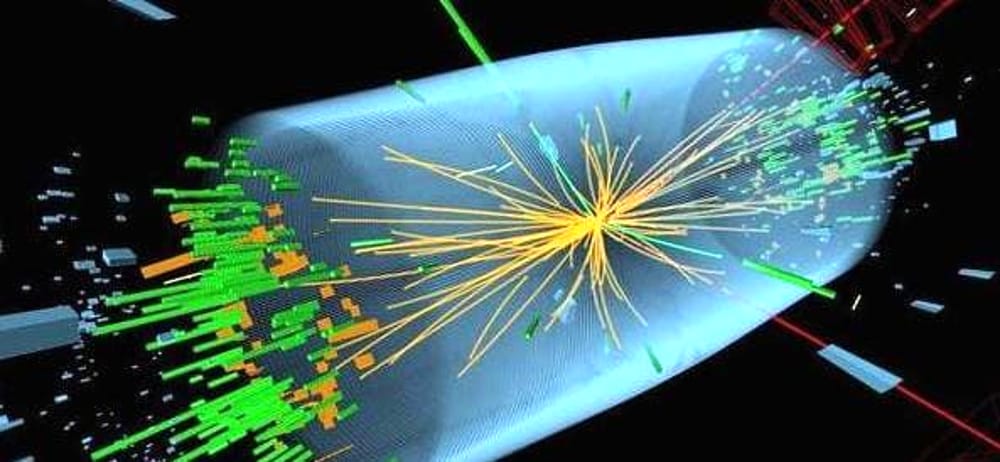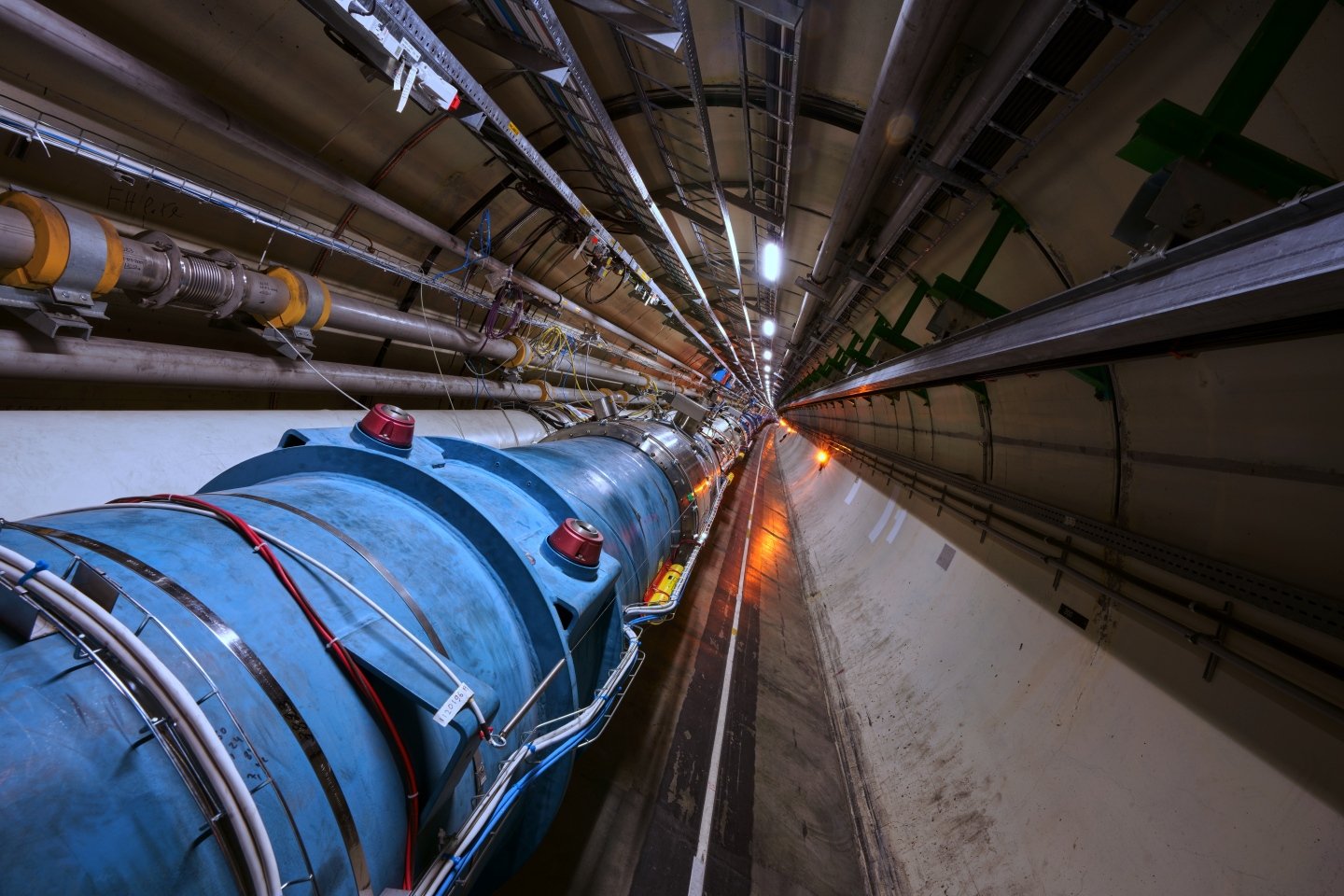© 2000-2025 - Enkey Magazine - All rights reserved
ENKEY SNC - VAT ID IT03202450924 / REA Code CA253701 - Phone. 078162719
Everyone heard to talk about it: a particle which contains all the life essence, the material consistency, thanks to it the matter exists and it has a mass. It is the closest thing between science and God, it is the particle that makes possible the matter as we know it. It is the Higgs boson, the particle theorized in the 1964 and discovered in the 2012, known by the most with the name: the God particle.
What is the Higgs boson
To first theorize it was Peter Higgs in the 1964, from which the name Higgs boson, Nobel price for the Physics in the 2013. Higgs received the Nobel right in the 2013 because just a year before his theory was confirmed, thanks to the experiments of the Large Hadron Collider of the CERN in Geneva.

The discovery of the God particle had a huge media coverage, as much as that everyone, even the less experts, become aware about its existence. But what is really the Higgs boson?
Let’s start by saying what the bosons are, which are part of a subcategory of the particles. The bosons are all of those particles responsible for the forces, but many of them are still only theories. Like the graviton, an hypothetical elementar particle responsible for the gravity force, which isn’t demonstrated yet.
There are then the Bosons W, Z and the gluons, which are responsible for the nuclear force, the photons, responsible for the electromagnetic radiation. And, finally, the most important of all: the Higgs boson, the God particle.
The Higgs is responsible for the mass, it is the subatomic particle thanks to which, right after the Big Bang it was possible the formation of stars, planets, the life and the whole universe.
The standard model and the God Particle
The God particle was the last main element to support the theory of the standard model, according to which everything started.
The standard model is the answer that the physicians gave to the questions how did the universe born? But especially: how can the matter stay all together?

It was theorized the existence of 12 elementar particles, which together gave life to the matter and to the whole universe as well as we know it. They are the quarks and the leptons, the building blocks of matter. But in order that those particles will stay together it necessary the existence of as many particles which drive the three nature forces: the strong force, the weak force and the electromagnetic one.
These are the bosons of which we were talking before: the photons, the gluons, etc. But nothing of it will possible without the mass. And it is right the piece that was missed to give a shape to the standard model. The glue that keeps together the matter: the mass and the particle that drives its force: the Higgs boson.
The discovery of the God particle
The Large Hadron Collider of Geneva is the biggest of the world. Inside its 27 km of tunnel two beams of protons are crashed together, and they create millions of particles every second. All of it to be able to recreate the same conditions that occurred a fraction of second after the Big Bang, when the Higgs field swithced on, by giving the life to the God particle and creating so the whole universe.
It was the 5th of April of the 2012, when the particle’s accelerator of the CERN reached the 8 000 billions of elettrovolt, the highest energy ever reached. This experiment was able to demonstrate the existence of the God particle, which announcement was gave to the world not before the next 4th of July.

The particle occurred was compatible with the model theorized of the Higgs Boson and it had a mass between the 126,5 GeV per Atlas and the 125,3 GeV per CMS.
By the way even if the God Particle was confirmed we still need new datas and to have them we need a bigger and more powerful Collider than the current one. One thought that the Higgs Boson would definitely cleared the doubts that we still had about the standard model. But its discovery feeded and icnreased those doubts. Now there is the theory that the God Particle isn’t an elementar particle, but a composite boson.
Now we just have to wait to know the new implications of it and to know if the physics will never answer to the question “How did the universe born?“
This post is also available in:
 Italiano
Italiano


